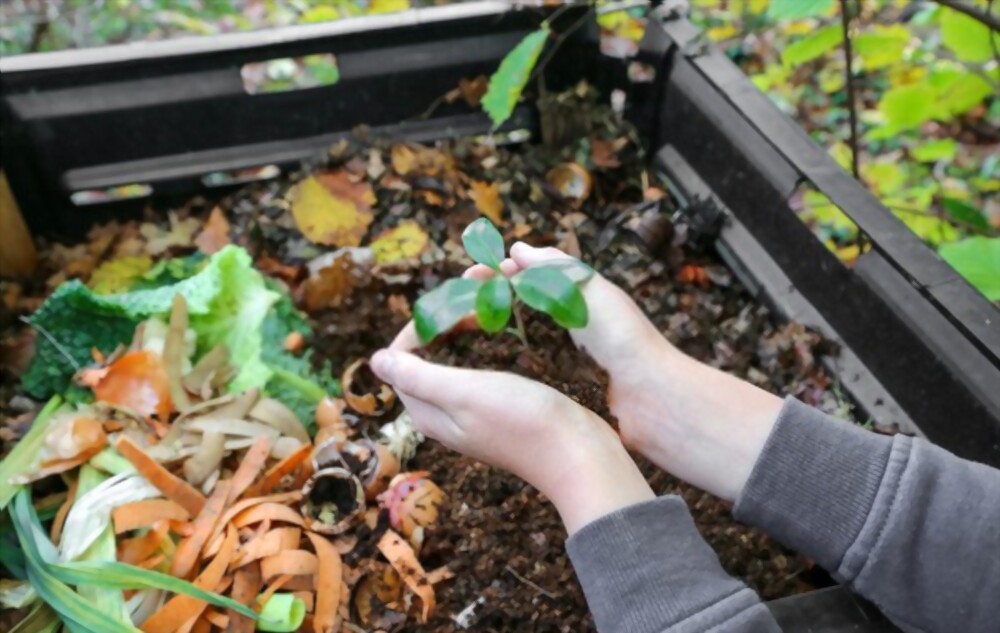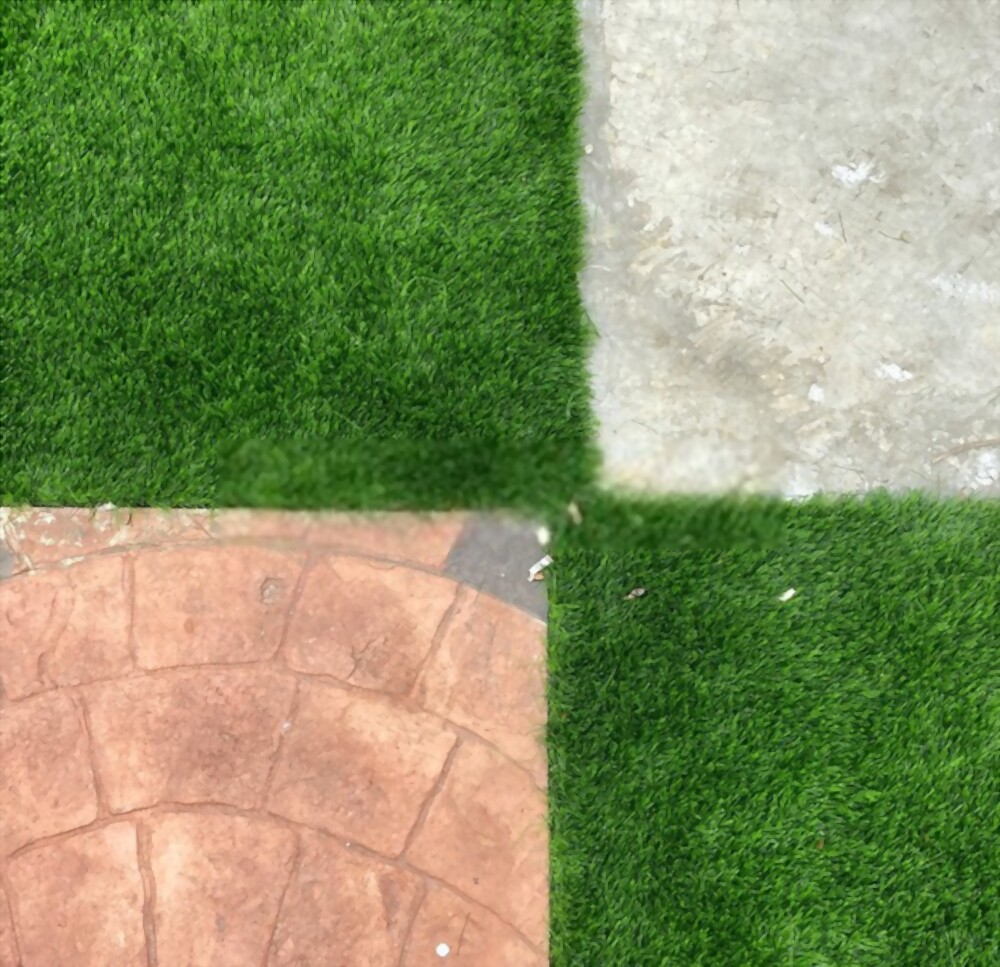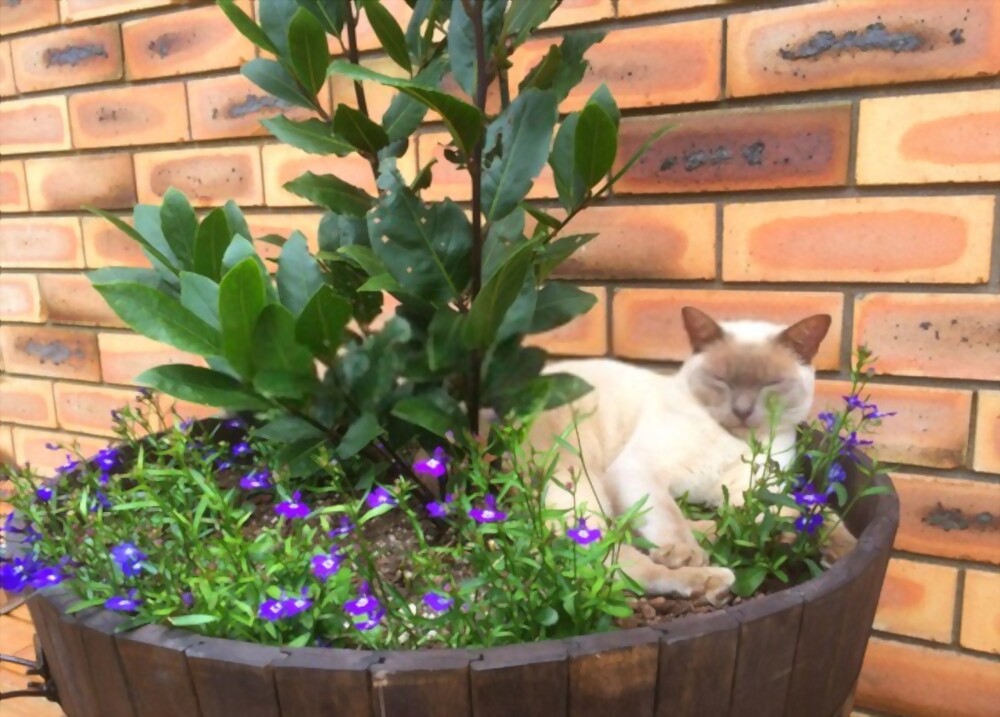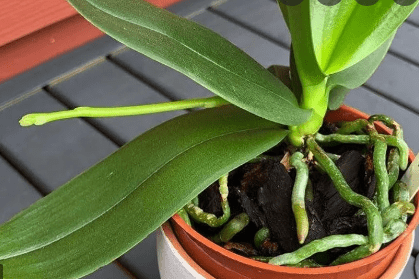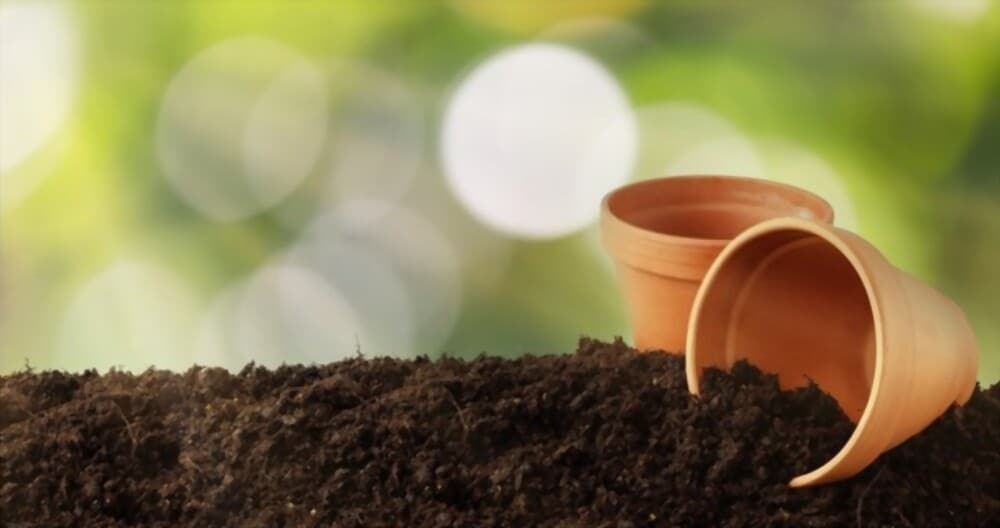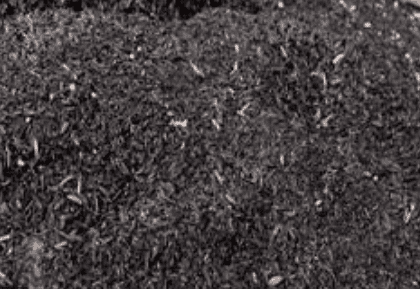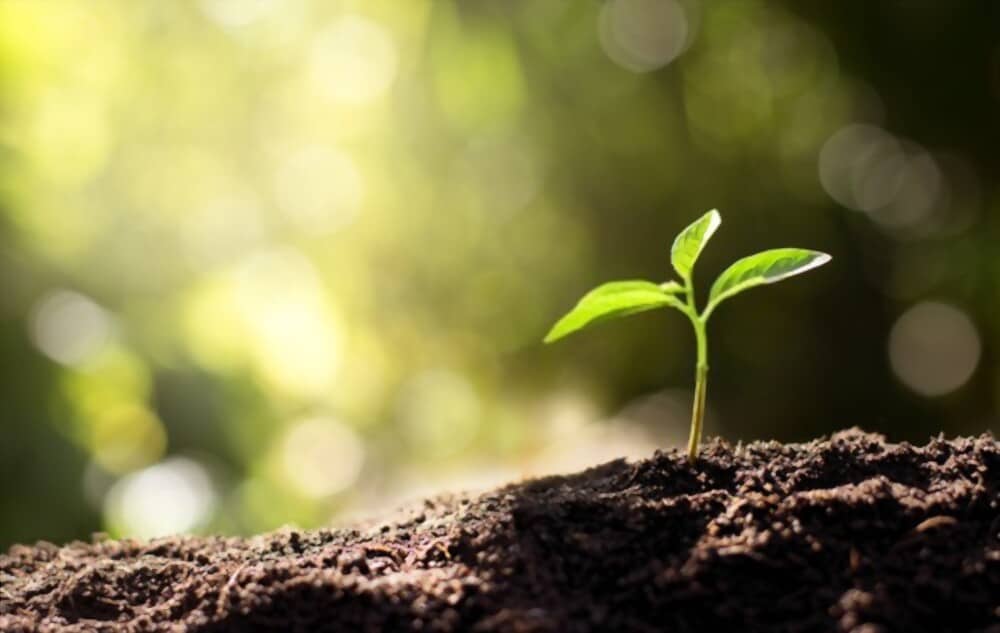Compost Pile Vs A Compost Bin: Facts for A Better Decision
Compost bins and piles are both excellent ways to recycle the food scraps and yard trash you produce at home. A layer of green materials, like vegetables, is added to the bottom of a compost pile before a layer of brown materials, like leaves, is added on top. Organic waste can be placed in compost …

